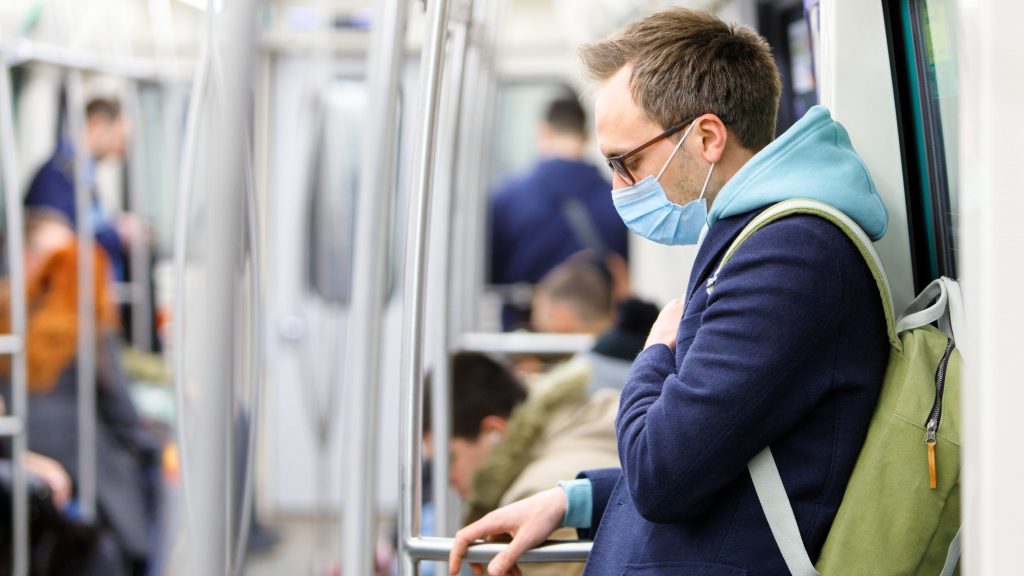
Cases of COVID-19 in the U.S. continue to rise as some parts of the country relax precautions that are known to slow the spread of the virus, such as social distancing and mask wearing.
Community spread of a virus, like the one that causes COVID-19, means people have been infected with the virus in an area, including some who are not sure how or where they became infected.
Dr. Pritish Tosh, a Mayo Clinic infectious diseases expert, explains community spread of COVID-19 and what will happen if current trends continue.
Watch: Dr. Pritish Tosh discusses community spread of COVID-19.
Journalists: Broadcast-quality sound bites with Dr. Pritish Tosh are in the downloads at the end of the post. Please courtesy "Pritish Tosh, M.D./Infectious Diseases/Mayo Clinic."
"When you start to see infections outside of defined clusters of people within the community, especially if there's no clear index case, then you're running into situations where there's pretty rampant community spread. We are seeing that in certain parts of the country at different times. As the number of cases increases, we're certainly going to start to see an increase number of cases for which the index case is not known, and this sort of community spread will amplify itself and then lead to further hospitalization and deaths within the community," says Dr. Tosh.
Current trends suggest people are continuing to relax their social distancing and mask wearing, which Dr. Tosh says is leading to the increased number of COVID-19 cases and will result in unnecessary deaths.
"In general, as people relax their social distancing and mask wearing, we're going to see increased number of cases. And whether that reduction in social distancing is for something like education, people going to college, people in school, or it's people going to bars and restaurants, the relative societal value of that activity that's resulting in increased cases, well, that's something for each community to decide," says Dr. Tosh.
A grim calculus
"We do know that as we open things up more, we are going to have unnecessary COVID deaths — people who would have otherwise not become infected, not become hospitalized and not die. So, what activities are societally worth it for us to have increased cases? That's a decision for each community to make, based on what's been called a grim calculus. (For example) look at it in terms of speed limits; you know that as you raise speed limits, you are going to increase highway fatalities. And at what point is that an acceptable number of increased deaths? You take that idea and compound it, and then you understand what we're dealing with COVID-19.
"As we start to think about how we resume our normal lives, (we have to ask ourselves) what parts of our lives are worth resuming, given that we know that this is going to result in increased cases and potentially in case deaths," says Dr. Tosh.
To help people protect themselves and their loved ones, Mayo Clinic has introduced a tracking tool on mayoclinic.org that features the latest COVID-19 data for every county in all 50 states and Washington, D.C.. It also includes Mayo Clinic insight on how to assess risk and plan accordingly.
"U.S. Coronavirus Map: What Do the Trends Mean for You?" is an interactive map on Mayo Clinic's COVID-19 online resource center. This map presents key data and trends in an easy-to-use format. Data include the total number of cases by county and state, new cases per day, positive test rate, and fatality rate, presented with trends over time and Mayo Clinic guidance on how to take action.
Information in this post was accurate at the time of its posting. Due to the fluid nature of the COVID-19 pandemic, scientific understanding, along with guidelines and recommendations, may have changed since the original publication date.
For more information and all your COVID-19 coverage, go to the Mayo Clinic News Network and mayoclinic.org.







